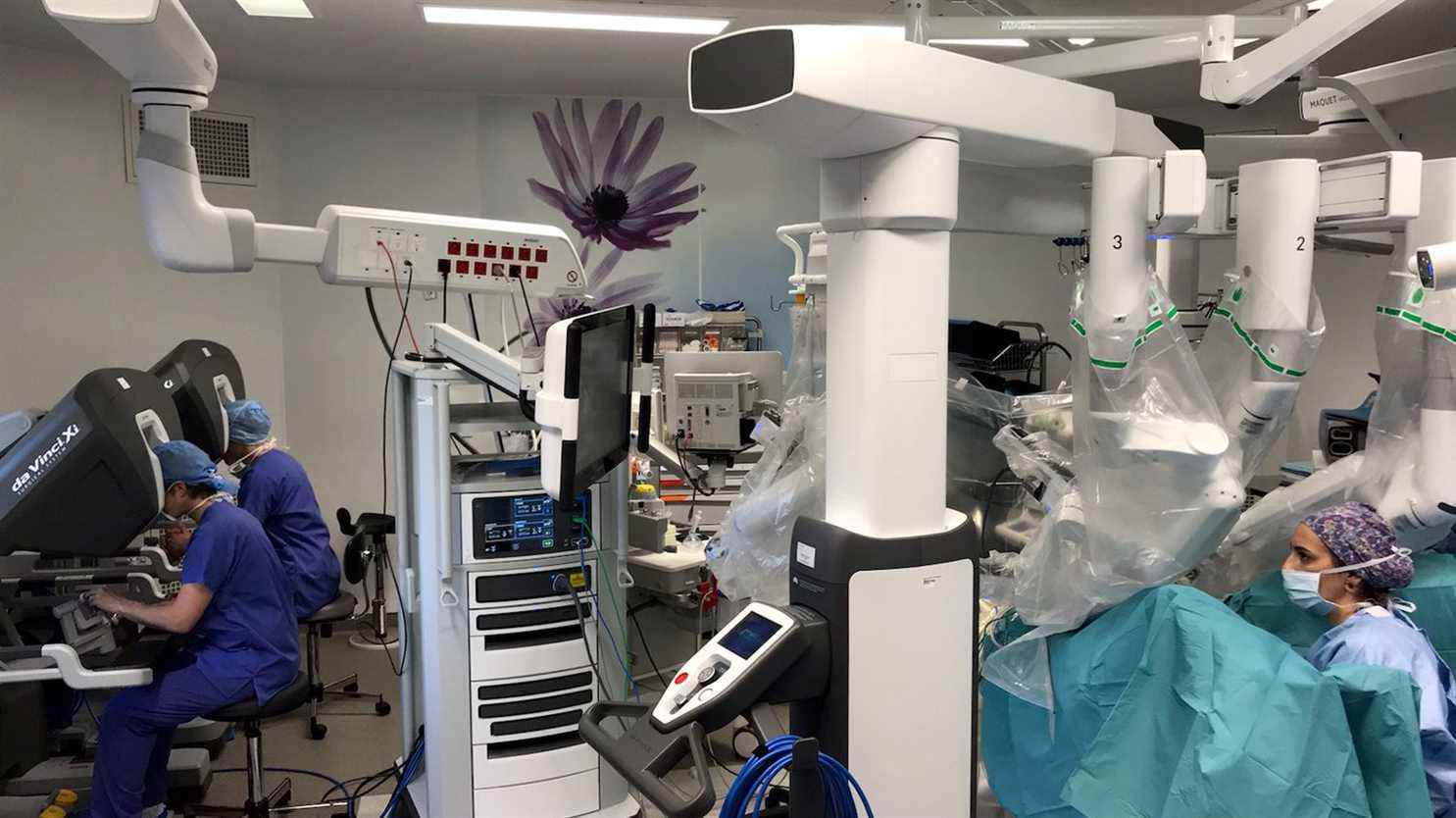Nearly two million animals were used for laboratory experiments in France in 2019. In some cases scientists can spare these animals and use organoids. They are mini-organs made from real human cells.
The intestine, liver, kidney, retina, skin and even the brain can be made in miniature. Researchers use them to make grafts, to study an organ’s reactions to a pathogen, they are also used to test therapies. Mini-organs have the advantage of being closer to the human body than animals and therefore more efficient at finding the right drugs.
There are several methods for making organoids, as detailed by Vincent Flacher, immunologist, head of the organoid research group and researcher at the CNRS: either we start with the cells of an organ, and we recreate this organ, or we take samples. cells, for example in the blood, are reprogrammed into stem cells from which cells of the liver or other organ can be obtained. The principle is that the structure is capable of reproducing at least one function of the organ and that it regenerates itself.
These organoids are already used a lot, in particular to make grafts but also to find treatments against cancer. At the Gustave-Roussy Institute in Villejuif, an unprecedented clinical trial has been launched to find out how a patient with bowel cancer reacts to various treatments. The idea is to take a piece of the patient’s tumor, to make organoids, mini-tumors on which doctors are testing several treatments. They select the one that works best, it’s tailor-made and therefore much more efficient.
On the other hand, making organoids takes time, several weeks or even months for mini-brains, and it is expensive. These mini-organs are still imperfect, they are not vascularized or innervated. And these are just isolated elements, so they cannot reproduce the functioning of the whole organism.
